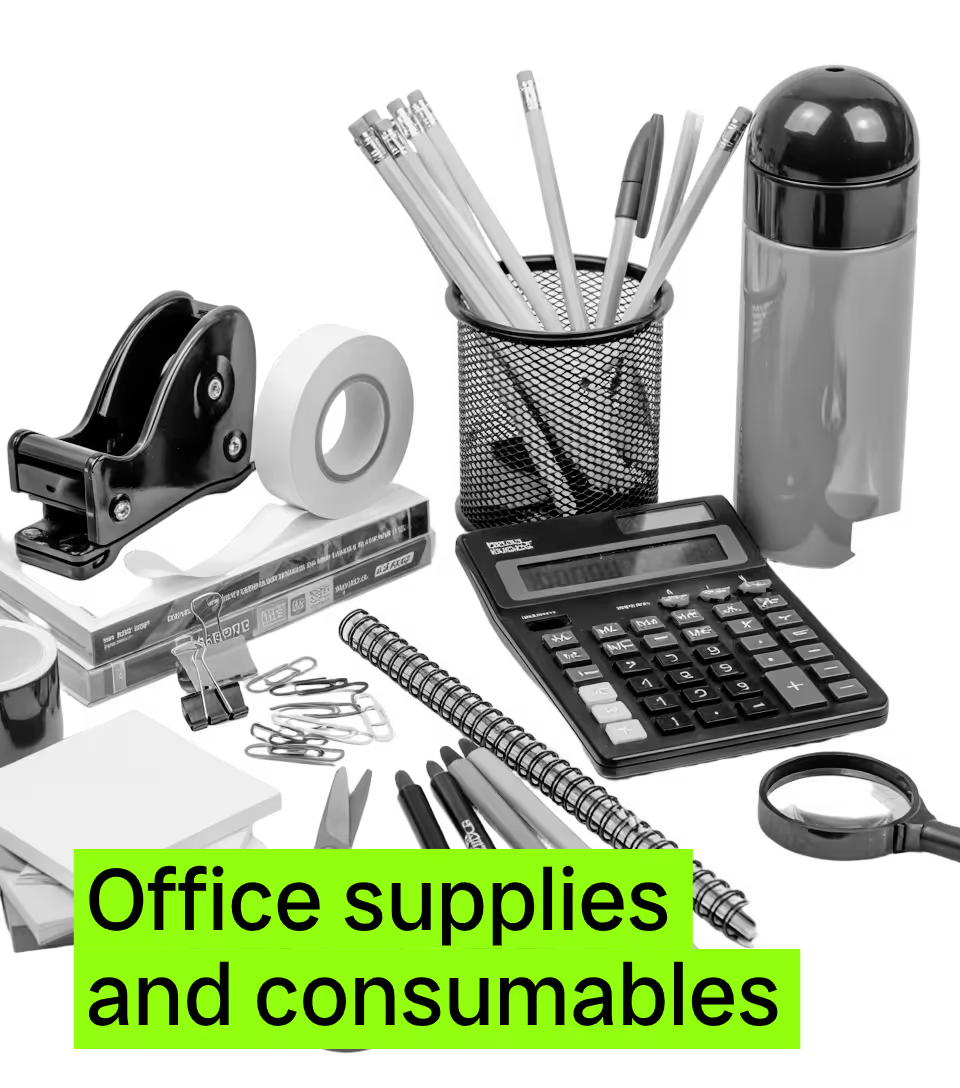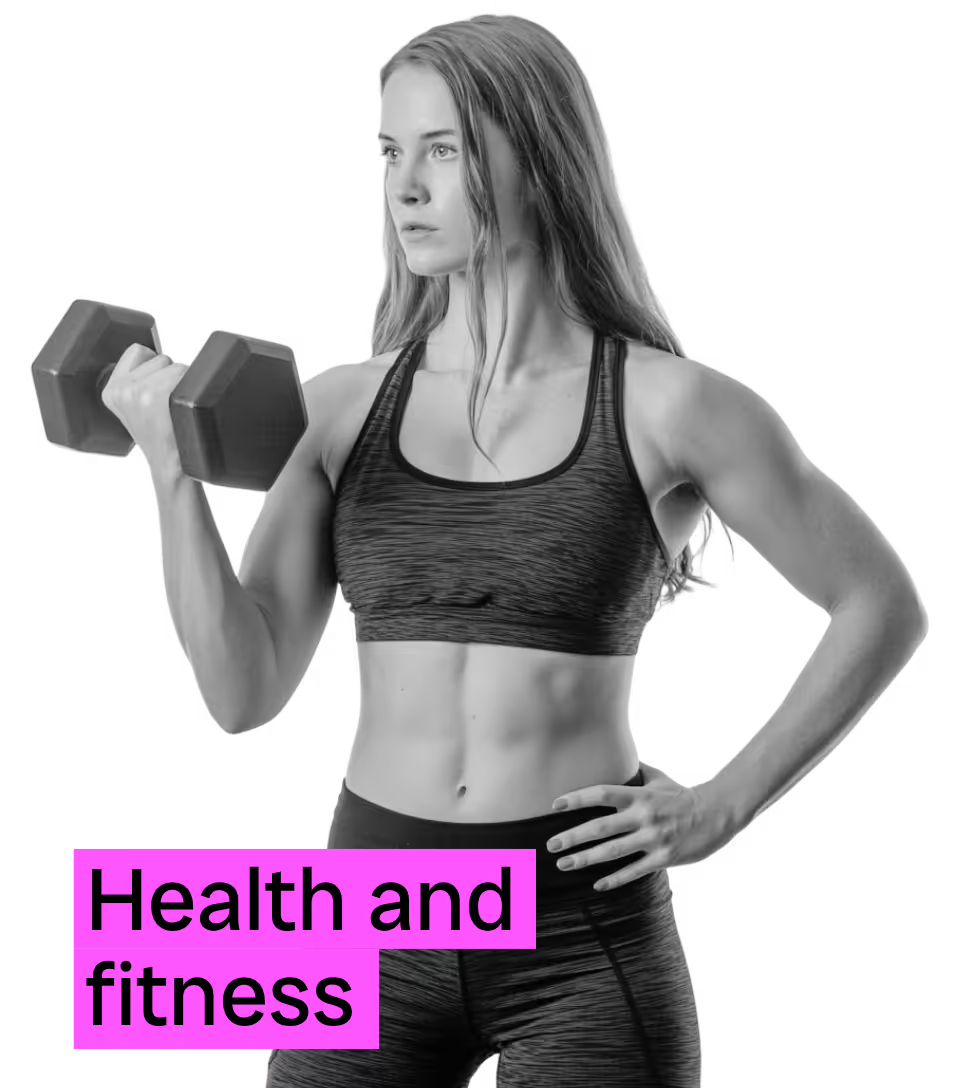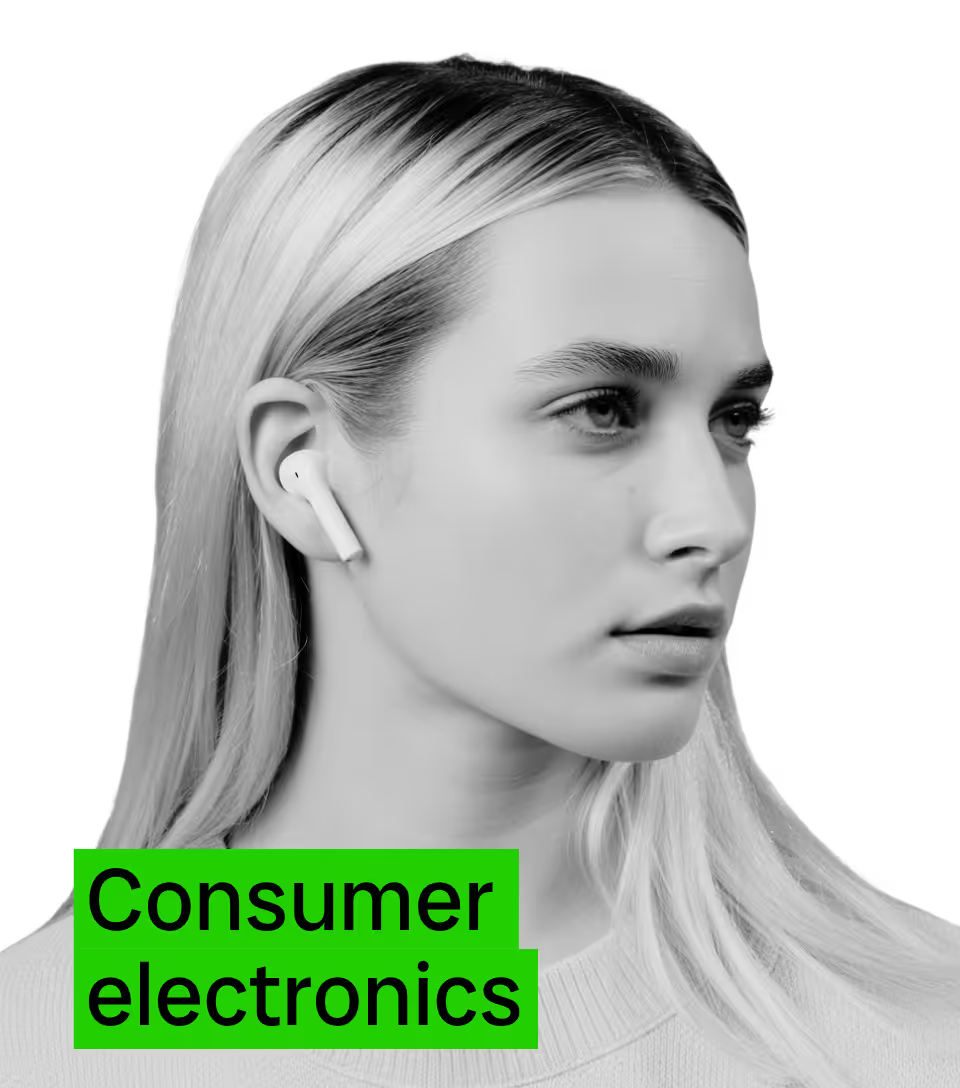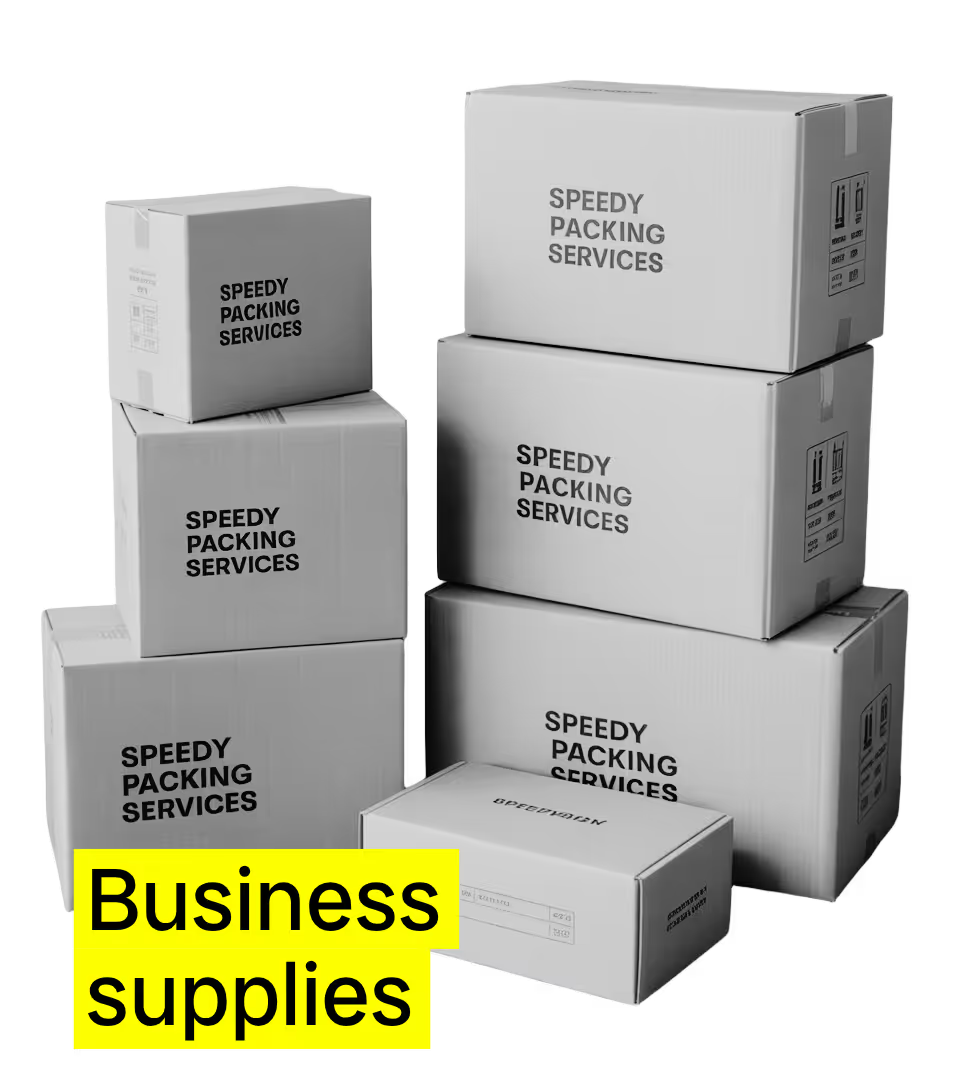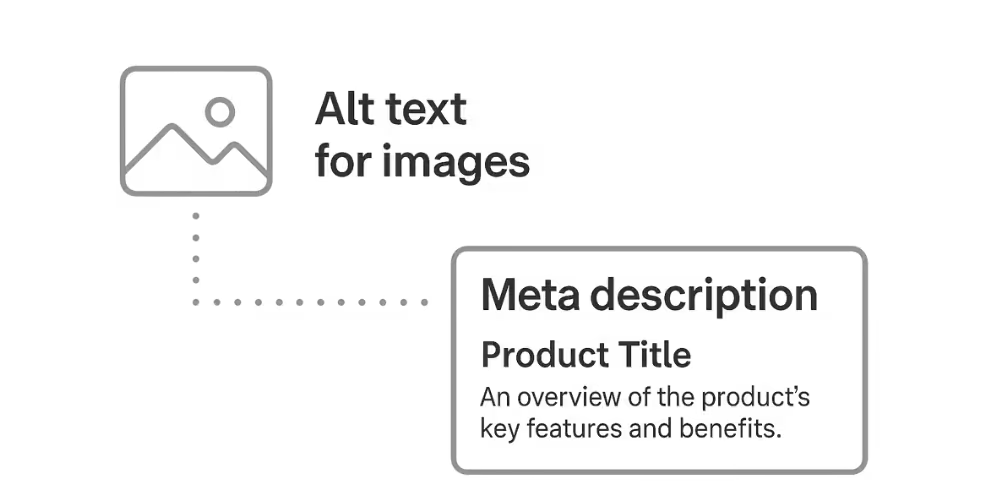Product description writer
Product descriptions that rank and convert
We write product and service descriptions in your brand voice that:
• Link target audience desires and pain points to your product features
• Rank high in traditional search through expert SEO optimisation
• AI search bots can easily scan and cite in their answers
Optimise your revenue-generating content with [w].


